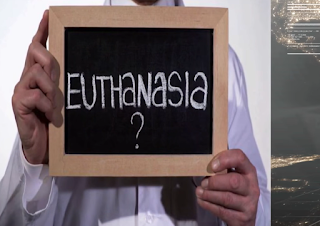50,000 Crores is a huge amount. With these amount India could had opened AIIMS in many of its states or We could have brought S400 Missiles as well ! Since 1952 the cost in conducting elections got increased every time due to inflation.
The powers in our country is decentralized (i.e. Transfer powers from Central to Local levels) and which means we have three tiers of government. The head of each government is directly elected by people and again which means Elections at each levels !
See election is very important in every democracy but it would be more good if India can save money and utilizes those money on various developmental projects.
The present government is planning to work upon ONE NATION ONE ELECTION Project, Which means election will be conducted only once for choosing the governments at Central as well the State levels. First we should know that this is not an entirely new concept for us as we have already conducted election for both the Centre and the State Level at once during 1952-1967. But due to premature dissolution of some states, the system got disturbed and these non-predictable events kept taking place at the Centre and the State. That's why elections are so complicated today.
Undoubtedly, One Nation One Election is going to save a lot of money as well as manpower but there are a lot of complications in its implementation.
First, Sacrifices to be given by existing governments at state levels to held fresh elections, for all the states at once. It seems that Regional parties are less comfortable with One Nation One Election because if it gets implemented then they might loose election due to Pan India wave(The party who win in center will win in most of the states).
Second, After choosing a base year for conducting election, Few amendments' are to be made in the constitution. Such as, Article 83: Which deals with duration of houses of parliament. Article 85: Dissolution of Lok Sabha by President. Articles 172: Relating to duration of State Legislatures. Article 174: Dissolution of State assemblies. Article 356: Presidents Rule.
Third, Restructuring the powers and functions of the Election Commission of India to facilitate procedures required for simultaneous elections.
Benefits of One Nation One Election
- No wastage of Money
- More focus on Development
- Bureaucracy and Security forces will not be busy in conducting elections at different states for the whole year.
- Political parties don't have to gather funds all the time for elections.















